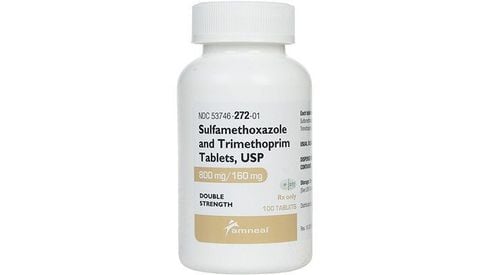This is an automatically translated article.
The article was consulted with Dr. Phan Dinh Thuy Tien - General Internal Medicine - Department of Medical Examination & Internal Medicine - Vinmec Nha Trang International General Hospital.1. What is shingles?
Shingles is also known as shingles. This is a disease considered secondary to chickenpox caused by the herpes zoster virus (varicella-zoster virus – VZV for short). VZV is the cause of chickenpox in children, but after recovering from the disease, they are not completely eliminated by the body's immune system, but can reside in the body's sensory nerve cells. .When the immune system is weakened, the virus can "wake up" to travel along sensory nerves in the skin and form painful nodules or patches. The "inactive" period of the virus can last for decades, and usually in the elderly with a weaker immune system than usual, the virus is able to wake up.
Shingles has the latin name Shingles, which means belt, belt. This is significant because of the common distribution of the rash, which is often a long band along the path of the sensory nerves. The location mainly starts on your back, chest, and face and spreads to the rest of your body.
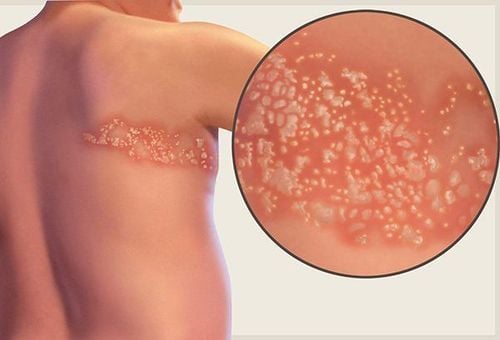
Bệnh zona có thể xuất hiện ở bất cứ bộ phận nào trên cơ thể
2. What are the risk factors for shingles?
The exact cause of the reactivation mechanism of VZV is still unknown but is often related to key factors such as:Stress, frequent fatigue. Weakened immune system due to causes such as: aging, chronic diseases, infections or drugs such as long-term corticosteroids. Anti-cancer therapies such as chemotherapy and radiation therapy. The skin in the area where the virus resides is damaged, creating conditions for the virus to reactivate.
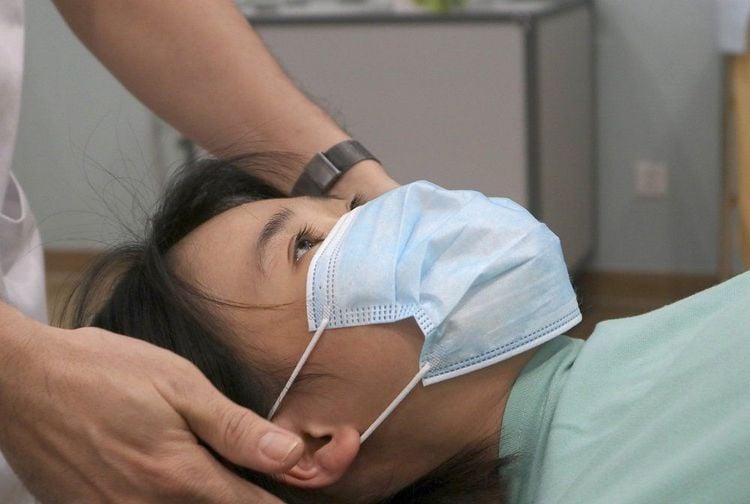
Quá trình xạ trị có thể tăng nguy cơ mắc bệnh zona
3. VZV immune response and shingles mechanism.
Viruses entering host cells will be detected by the immune system because they synthesize their own proteins, antigen fragments will be presented to the host cell membrane. Then, white blood cells, especially APC cells, B and T cells will be detectable through specialized receptors.In order to cause disease, a virus must reproduce, make its own proteins, and rapidly replicate so that it is not difficult for T lymphocytes to detect. However, some viruses that enter the body act as "silent" - meaning that the viruses do not perform transcriptional activation to make proteins. This latent infection can later be reactivated and cause disease when the right conditions are present, such as a weakened immune system.
Herpes virus is a virus that works by this mechanism. The VZV virus, which is the cause of shingles, infects epithelial cells and spreads into sensory neurons, spreading rapidly upon infection. After the immune system responds effectively to the epithelium, the viruses persist in a dormant state in the sensory neurons. The presence of predisposing factors such as damage to skin cells, skin infections, or changes in hormone responses can lead to relapse.
At this point the immune response is activated and regulated back to the infected area by killing epithelial cells, creating new pain sites. This cycle is repeated over and over again.
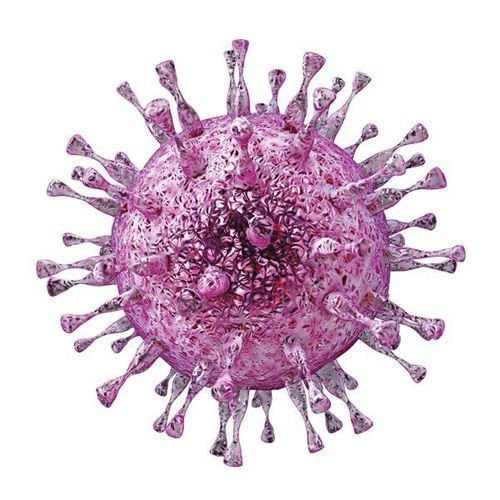
Virus Herpes gây ra bệnh zona và tồn tại âm ỷ ở tế bào thần kinh cảm giác
Most patients get shingles not from contact with an already infected person but from reactivation of the latent virus. After initial infection with varicella-zoster, they migrate to the spinal nervous system and latent in the spinal nervous system. On reactivation (usually many years later), the virus travels to the skin to cause a rash.
A serious complication of shingles is pain caused by post-infection neuritis. Like chickenpox, shingles is more severe in immunocompromised patients than in the general population. But those who were sick at a young age will be immune for a long time. When the body is stressed, nervous, anxious, during the healing period, during menstruation or when the immune system is weak, the disease may recur, the disease will spread down the nervous system and manifest throughout the skin. The course of this recurrence is the same as the previous one, with areas of the skin like chickenpox spreading over the surface of the skin.
3. What are the symptoms of shingles?
Before the redness is visible, the patient may experience burning sensation and skin sensitivity for several days to a week. Shingles begins as red blisters (blisters) on a red background, with new blisters continuing to form for 3-5 days. These blisters usually follow the nerves of the spinal cord.Entire nerves involved may be affected, or other areas not involved in nerve distribution may also be affected. Usually shingles feeds on only one nerve, rarely more than one nerve.
Depending on the location of the sensory nerve in which VZV resides, symptoms of rash and blistering will appear. So, shingles can appear in many areas, usually on the back, chest, arms, and face.
Increased skin sensation or pain sensation in a certain skin site, often pain along the path of the nerve. These are the first symptoms of shingles. Then there may be an itch, tightness, burning, persistent aching or deep, throbbing pain. After one to three days, erythematous bands begin to emerge that will be raised, red, with blisters at the site of pain. Eventually, the burn will then collect pus or these blisters will burst, the upper surface drying and scarring. This process can take 3-4 weeks from the beginning of the illness to the time it heals. Occasionally, pain persists even though vesicles are never seen, confusing it with a local cause of pain.
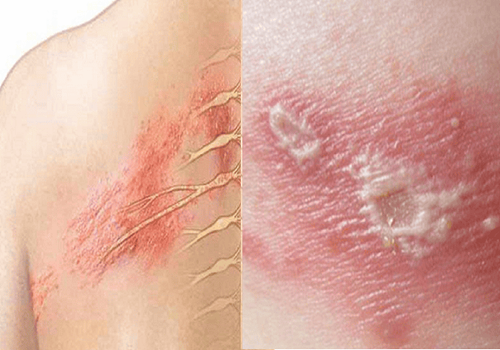
Đau ở vị trí zona là triệu chứng phổ biến của bệnh zona
4. Complications of shingles
Shingles will usually heal on its own and leave few complications. However, if for some reason the blister can become infected with another type of bacteria, it will cause a secondary skin infection, where the skin becomes redder, hot, swollen, and very painful.You may also see a red streak around the wound. If you notice any of these symptoms, contact your doctor for care. Antibiotics may be used to treat these cases.
Another complication that also makes patients worried is when shingles on the face, especially on the forehead and nose. In these cases, shingles can cause vision loss. If you have shingles on your forehead or nose, you also need medical attention. (see also: Shingles on the face and what to know)

Zona ở vị trí mắt có thể gây biến chứng giảm thị lực
5. When do you need to see a doctor?
When there are symptoms of pain or a rash that looks like a long strip on one side of the body. You should see your doctor as soon as possible because antiviral drugs are only effective when taken early.If a rash and blisters appear on the nose or near the eyes, you need to see a doctor immediately because the virus can spread to the eyes, damage the optic nerve and even cause blindness. For patients with a weakened immune system, it is necessary to visit a doctor immediately if you suspect you are suffering from shingles to prevent these complications. You need to go to the emergency room right away if you have the following signs:
Shingles with a high fever or fatigue. Blisters spread to many areas of the body. Reference source: webmd.com







